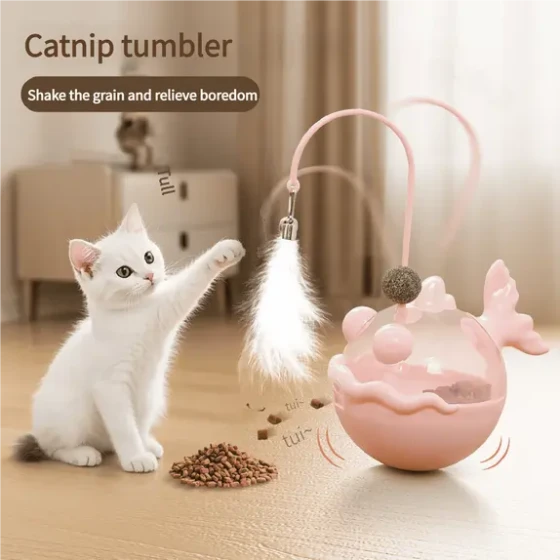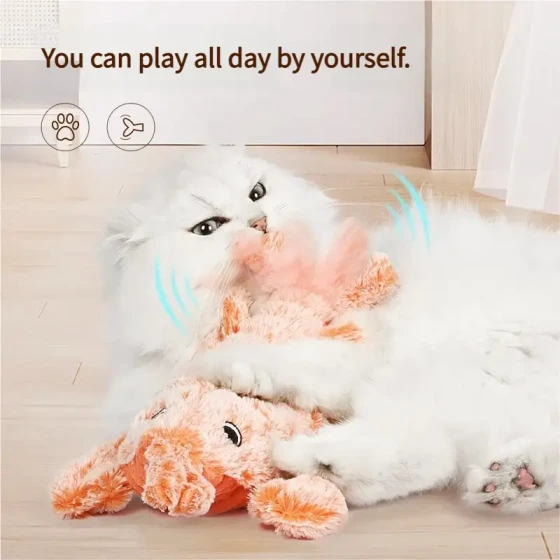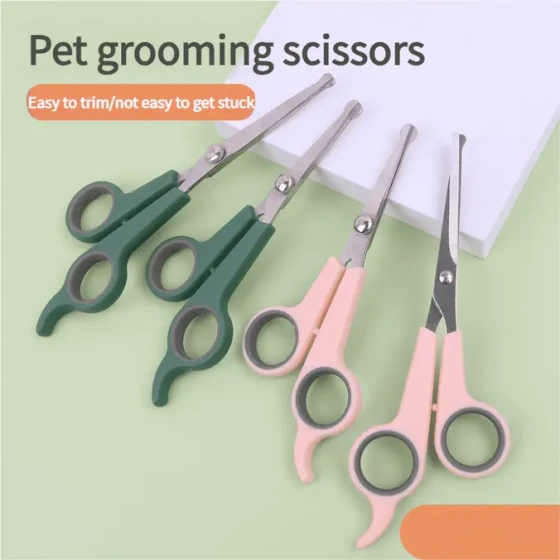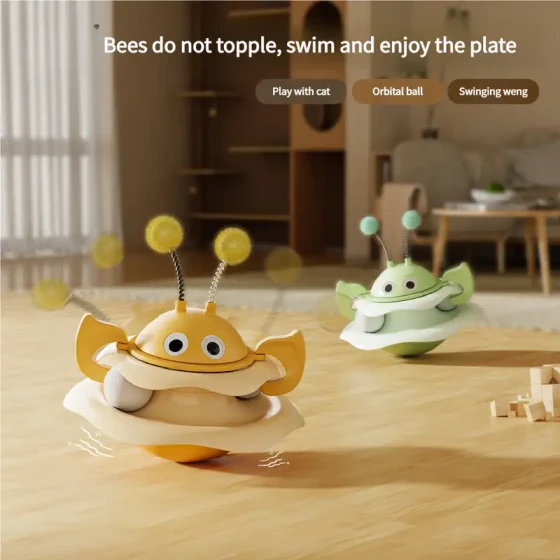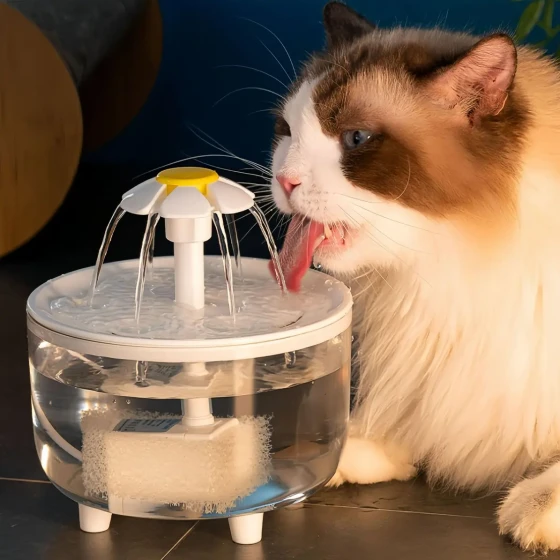Cat Frequent Urination_Warning for Urinary Diseases
Has your cat recently been like a little faucet, darting into the litter box every few moments? Don't just think it's drinking a lot of water; this is very likely a danger signal from your cat—its urinary system may have problems, and the situation could be much more serious than you imagine, even life-threatening, requiring immediate veterinary care. Frequent urination in cats is often not an isolated, harmless behavior but one of the typical symptoms of feline lower urinary tract disease (Feline Lower Urinary Tract Disease, FLUTD), a signal you must not ignore.
Cats, these elegant and independent creatures, have a unique set of health rules. Their urinary system, especially the bladder and urethra, is relatively fragile. When you find your cat urinating abnormally frequently, possibly accompanied by squatting in the litter box for a long time but only urinating a little, or not urinating at all; or urinating outside the litter box; or crying out painfully while urinating, with bloody urine, or often licking their genital area—congratulations (scratch that)—you may be facing a potential crisis.
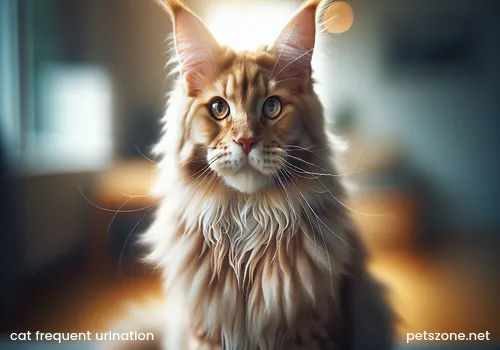
Why is frequent urination so alarming?
Imagine if your "water pipe" is inflamed, blocked, or irritated by foreign bodies; wouldn't you feel uncomfortable and constantly want to go to the bathroom? Cat frequent urination largely shows this kind of "discomfort." They frequently try to urinate not because they have a large urine volume, but because the bladder is irritated or inflamed, or trying to expel pain and blockages.
Feline lower urinary tract disease is a general term possibly hiding various specific causes behind it:
- Feline Idiopathic Cystitis (FIC): This is the most common cause, especially in young to middle-aged cats. The word "idiopathic" means we still do not fully understand the exact cause, but it is generally believed to be highly related to stress. Environmental changes, irregular routines, multi-cat household conflicts, or even your busy work schedule neglecting playtime can all be triggers. FIC causes inflammation and pain in the bladder wall, leading to frequent urination urges, difficulty urinating, even blood in the urine. It is somewhat similar to human interstitial cystitis, difficult to diagnose because it requires excluding all other known causes before confirmation.
- Urolithiasis/Crystalluria: Just like humans can develop kidney or gallstones, cats can form stones or crystals in the bladder or urethra. Common types include calcium oxalate and struvite stones. These "small stones" or "sand" irritate the bladder wall causing inflammation and pain, leading to frequent and difficult urination. More dangerously, they may move with urine and get stuck in the narrow urethra.
- Bacterial Infection: Although less common in young cats compared to FIC and stones, older cats or those with underlying conditions (such as diabetes, chronic kidney disease) have increased risks of urinary tract infections. Bacteria cause inflammation, leading to symptoms like frequent urination and pain.
- Urethral Plugs: This is a substance formed by a mixture of crystals, protein matrix, inflammatory cells, and mucus that acts like a "cork" blocking the urethra. This is one of the most urgent and fatal conditions.
The Most Dangerous Moment: Urethral Obstruction
Pay close attention, especially cat owners of male cats! Male cats have a narrower, more curved urethra than females, making complete obstruction more likely. If your cat urinates frequently, has difficulty urinating, and you notice it squatting in the litter box for a long time without releasing any urine, or almost none, while showing signs of restlessness, licking its genital area, hiding, loss of appetite, vomiting, this is likely a complete urethral obstruction!
Complete urethral obstruction means urine in the bladder cannot be expelled. Toxins in the urine rapidly reflux into the bloodstream causing acute kidney injury, electrolyte imbalances (especially hyperkalemia), and life-threatening conditions. The time from obstruction to life-threatening is sometimes only 24-48 hours. This is not a situation to "wait and see," but one requiring immediate emergency visit to the nearest veterinary hospital! Vets will quickly relieve the obstruction (usually by catheterization) and then treat the underlying cause and provide supportive therapy.
How to Respond and Diagnose?
As a cat owner, when you notice your cat has frequent urination or other urinary symptoms, the first thing you should do is: observe and record. Note the frequency of urination, amount each time, presence of blood, urination outside the litter box, signs of pain when urinating, appetite, and mental state. This information is crucial for the vet’s diagnosis. Then, take it to the vet immediately.
The vet will not jump to conclusions right away. They will conduct a detailed medical history and physical exam, possibly palpate the cat’s bladder (a large, hard bladder may indicate obstruction). To identify the cause, a series of tests are necessary:
- Urinalysis: This is one of the most basic and important tests. Urinalysis assesses urine specific gravity (kidney concentrating ability), pH (affects crystal formation), presence of red blood cells (hematuria), white blood cells (inflammation), bacteria (infection), or crystals.
- Urine culture and sensitivity testing: If bacterial infection is suspected, this test determines the bacteria type and antibiotic sensitivity.
- Imaging exams: X-rays help detect most types of bladder or urethral stones. Ultrasound can more clearly show bladder wall thickness (inflammation), bladder stones or crystal masses, and even kidney status.
- Blood tests: If systemic disease or kidney involvement is suspected (especially in urethral obstruction), blood work is essential to evaluate kidney function, electrolyte levels, and white blood cell count.
Only through these professional tests can the vet distinguish between FIC, stones, infection, or other rarer causes and provide appropriate treatment plans.
Treatment and Management: This is a Long Battle
Treatment of urinary diseases depends on the specific cause but often requires a multi-pronged approach, and many cases, especially FIC, relapse easily and need long-term management.
- Relieving Obstruction: If urethral obstruction occurs, the main priority is relieving it, usually by catheterization to stabilize the cat's condition.
- Medications: May include painkillers, anti-inflammatory drugs (NSAIDs or steroids, under vet guidance), drugs to relieve urethral spasm, and antibiotics (if bacterial infection exists). For FIC, behavioral regulation drugs or supplements may be used.
- Dietary Adjustment: Special urinary prescription diets are critical. These cat foods usually help regulate urine pH, reduce formation of specific stones, and mostly come as wet food, significantly increasing water intake to dilute urine and reduce crystal and inflammatory substances concentration.
- Increasing Water Intake: This is the "universal remedy" to dilute urine and help flush out crystals and bacteria. Besides wet food, multiple water bowls, water fountains with running water, or even adding a little unsalted tuna juice to water can attract cats to drink more.
- Environmental Enrichment and Stress Management: For FIC, reducing stress is key. Provide enough litter boxes (number of cats +1 recommended), keep litter boxes clean, offer elevated spaces, hiding spots, toys, regular play interaction, stable routines, and use feline pheromone products to help reduce anxiety.
- Surgery: For stones that cannot be removed by catheter or medication, bladder stone removal surgery may be necessary. For male cats with recurrent urethral obstruction, vets may recommend urethrostomy (PU surgery) to widen the urethral opening surgically—this solves obstruction but alters the cat’s physiology and must be carefully evaluated.
Prevention: Start From Daily Life
While some causes (like genetic predisposition) we cannot change, we can greatly reduce the risk of urinary diseases by improving living environment and diet:
- Water, water, water! Important things need repetition. Feed mainly wet food and encourage your cat to drink water.
- Clean and Adequate Litter Boxes: Provide enough boxes (number of cats +1), clean regularly, choose types of litter and boxes your cat likes, place them in quiet, easily accessible places. Cats dislike dirty or insufficient toilets and may hold urine, increasing disease risk.
- Reduce Stress: Provide a stable, enriched, and predictable living environment. Understand and respect cats' social and solitary needs.
- Regular Check-ups: Especially for cats with medical history or predisposed breeds (such as Persian or Exotic Shorthair), regular health exams and urinalysis help early detection of problems.
In summary, frequent urination in cats is not a trivial matter; it is often an early warning of disease, especially in male cats where you must always be alert to the fatal risk of urethral obstruction. Once you notice abnormalities, take your cat to the vet immediately for professional diagnosis and treatment. As responsible owners, our role is not to diagnose and treat but to observe and protect their health, providing professional help at the first sign they send.
References:
* ISFM Consensus Guidelines on the Diagnosis and Management of Feline Lower Urinary Tract Disease (FLUTD)
* AAFP and ISFM Guidelines for Diagnosing and Treating Feline Lower Urinary Tract Disease
* Various university veterinary colleges’ cat urinary disease educational materials (such as Cornell University, UC Davis)
* Professional veterinary clinical experience summaries
